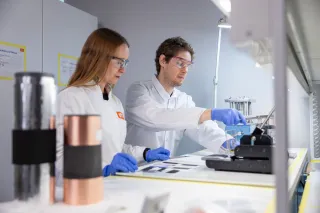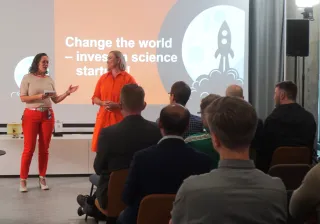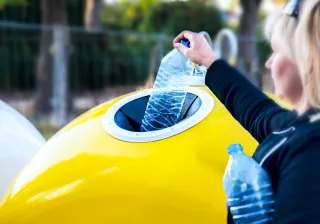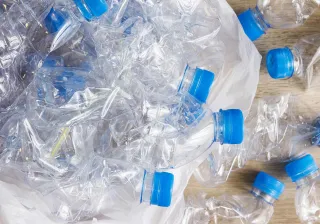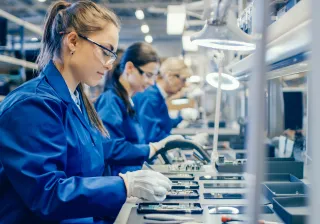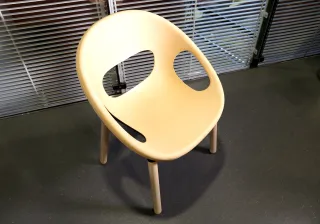The bulk of collected EPS (Expandable Polystyrene) and other polystyrene waste still ends up incinerated. VTT with its partners will explore in their two-year MoPo (Multitechnological recycling for polystyrene) project how recycling of polystyrene could be substantially increased by reshaping its collection and handling. The goal is to convert waste into pure polystyrene or styrene monomers used in other plastics and chemicals.
The global polystyrene market was worth some EUR 36 billion last year, and the market is expected to grow by 10 percent per year during the next few years. At the same time, there’s a need to reduce the use of fossil raw materials, such as crude oil. This is why recycling of the crude-oil-based polystyrene will inevitably become increasingly important.
Polystyrene is typically used in its hard form in containers, such as yogurt pots, and as a foam known as EPS (Expandable Polystyrene) when insulating or damping properties are needed. Both types can be mechanically recycled, which means they can be moulded into new polystyrene products by melting the material. The amount of collected polystyrene waste is, however, quite small in Finland, so it usually ends up incinerated. The collection of EPS is especially challenging, as EPS takes up a lot of space for its weight and crumbles and stains easily.
“In the new MoPo project our target is to offer a technically and economically feasible solution to the recycling of polystyrene waste in Europe. We will explore the state of polystyrene production, consumption and recycling in Finland and in selected European countries. We will also develop a logistics model for collecting polystyrene waste and methods for its mechanical and chemical recycling,” says Muhammad Saad Qureshi, Senior Scientist at VTT and leader of the MoPo project.
Turning polystyrene into styrene – raw material for other materials
As not all polystyrene waste is suited for mechanical recycling, thermochemical recycling methods will be developed in the MoPo project as well. In thermochemical recycling polystyrene is pyrolyzed, i.e., heated in the absence of oxygen, and thus disintegrated into shorter polymer chains and even to styrene monomers. The resulting pyrolysis oil, upon purification, can replace oil fractions when producing for example aromatics, latex, polystyrene and carbon black. A method will also be developed to allow safe utilization of polystyrene waste containing flame retardants and other hazardous components.
The MoPo project led by VTT has a total budget of EUR 964 000, which will be covered by Business Finland, VTT and research and business partners: Aalto University, L&T, HSY, Finnfoam, PS Processing, CH-Polymers, Pohjanmaan Hyötyjätekuljetus and Suomen Uusiomuovi.
“Together with our partners we can develop the whole value chain involved in polystyrene recycling. We expect that the project will substantially increase recycling opportunities and create new businesses. Our goal is to lead the way in polystyrene recycling Europe wide,” Qureshi says.
During the project, participants will demonstrate various processes such as separate collection of polystyrene waste, handling of polystyrene waste with a new kind of extruder developed at VTT, and mechanical and chemical recycling of polystyrene waste.

